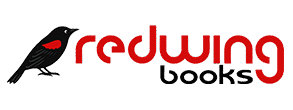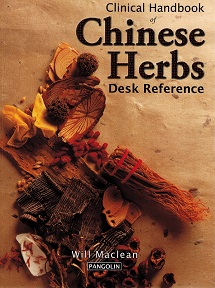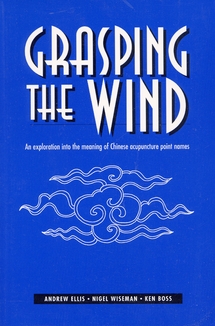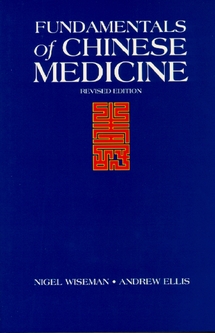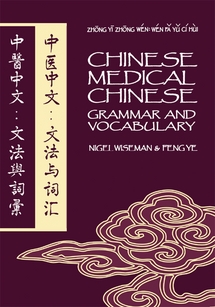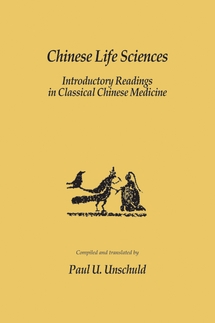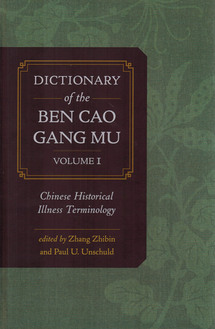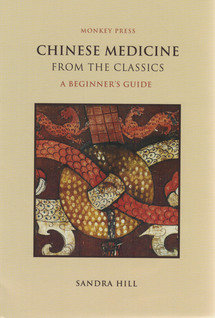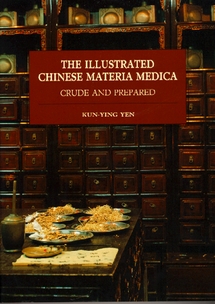
By Kun-Ying Yen
Hardcover book
ISBN 9789576380761
383 pages
Though less well known than acupuncture, China’s traditional drug therapy has an equally long history. The unbroken development of the Chinese civilization has permitted the gradual accumulation of the knowledge and experience of generation upon generation of healers. With its unique theoretical basis and its centuries of empirical wisdom, it has spread over the globe and gained respect from the scientific community. Its ability to treat a vast variety of disorders effectively has won it a central place among alternative medicines.
Chinese medicine uses simply processed animal, vegetable, and mineral products, vegetable items accounting for about 90%. This book includes over 240 of the most commonly used agents.
The items are arranged in pharmacognostic style according to the part of the plant used. Included are names, origins, characters, quality, production area, properties and actions, indications, chemical constituents, and representative formulas. Appendixes include drug function comparison tables, a short description of drug processing, 356 formulas with ingredients and indications, and a glossary of Chinese medical terms. A merged English, Latin, Pinyin, and Japanese index provides easy access to any agent plant, or formula discussed in the book. A Chinese index makes the book useful to those familiar with the original names.
With nearly 240 illustrated agents over 350 formulas, this text represents and indispensable basic handbook for the student of drug therapy of Chinese medicine. It is an excellent reference for those who sell or prescribe Chinese drugs, for pharmacists and pharmacologists, as well as those merely interested in Chinese medicine.
Chinese and Japanese editions of this book have been highly praised, the Chinese edition having won the Golden Tripod Award of the Government Information Office of the Republic of China.
About the Author:
Kun-ying Yen is a professor in the School of Pharmacy, Taipei Medical College. He received his Ph.D. in Pharmacology from Kyoto University (Japan), and has been engaged in research in Chinese medicine for nearly forty years. Having published over ninety papers and over ten books in Chinese and Japanese, he has made outstanding contributions to the research of Chinese medicine. Prof. Yen is currently director of the Graduate Institute of Pharmacognosy Science at Taipei Medical College, a member of the Committee on Chinese Medicine and Pharmacy, Department of Health, Executive Yuan, R.O.C., and president of the Kun-ying Yen Culture and Education Foundation.
